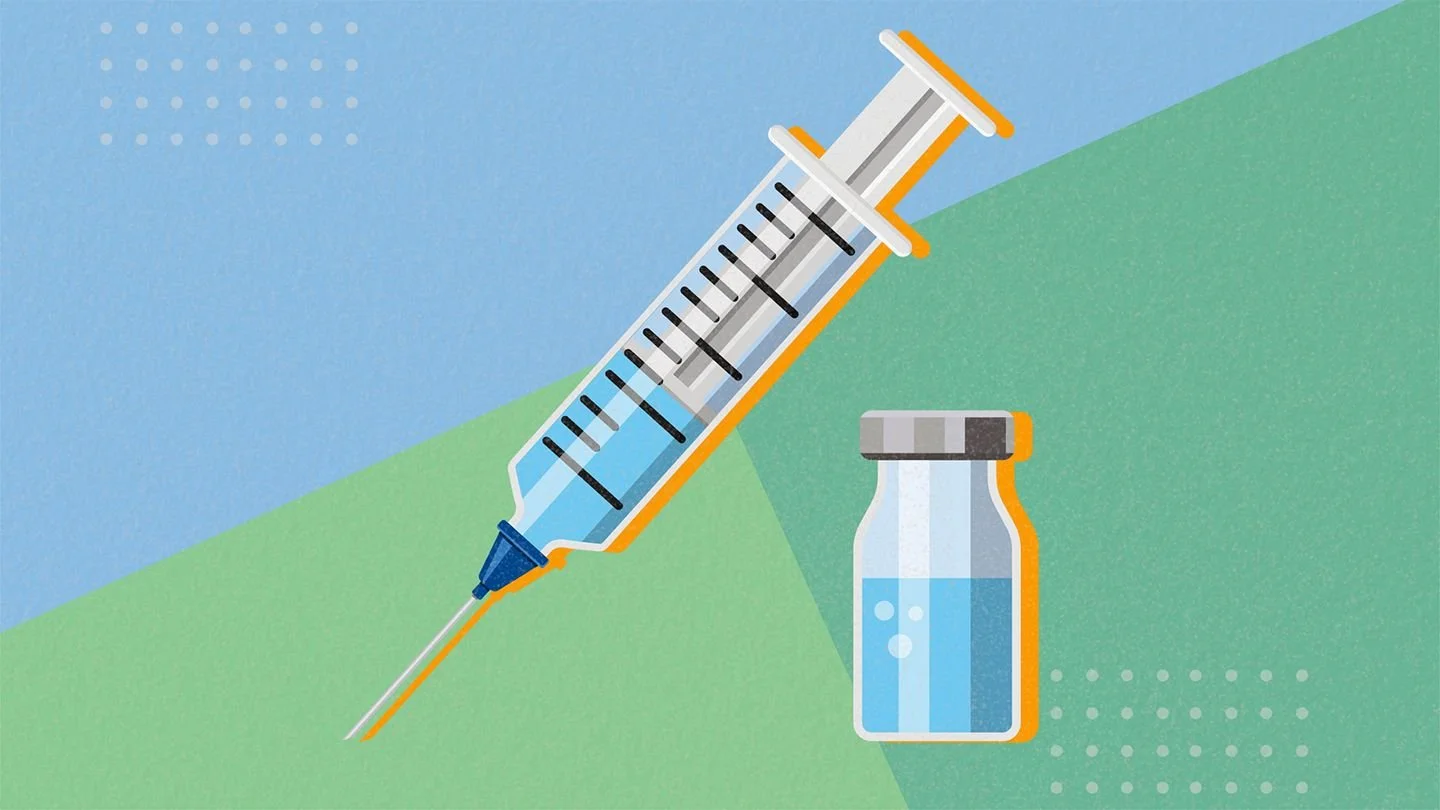How Our Body Tells Time
Have you ever wondered about how your body just seems to know when to go to sleep, when to eat, and when to wake up? It’s because of your circadian rhythm! A circadian rhythm is a built-in biological cycle that repeats about every 24 hours. All animals and even plants have these built-in cycles that allow them to know what to do and when to do it.
Circadian cycle in an average teenager.
Source: https://www.nigms.nih.gov/education/fact-sheets/Pages/circadian-rhythms.aspx
Throughout our bodies, we have several biological clocks that regulate the cycle of our circadian rhythm. Almost all of our organs have their own clocks that are made of specific types of cells that interact with other cells in our bodies. These clocks are important for maintaining patterns in our body temperature, the activity of our brains, the production of different hormones, sleeping, eating, and many other biological processes. Across species, there are specific genes that help make and maintain these clocks.
Almost all of these biological clocks are controlled by a master clock located in the brain. In mammals, the master clock is located in an area of the brain called the hypothalamus. Within the hypothalamus, a structure called the suprachiasmatic nucleus (SCN) is formed by about 20,000 neurons and these neurons control all our biological clocks by adjusting their activity in response to information about the environment. In most species, light (like whether it is day or night) is the most powerful regulator of the circadian rhythm. The SCN receives information about the light in our environment from the optic nerve, and sends information to a structure called the pineal gland.
The SCN is a small organ in the hypothalamus that is important for regulating the master clock. It receives environmental cues, like light, from the environment through our eyes.
Source: https://www.nigms.nih.gov/education/fact-sheets/Pages/circadian-rhythms.aspx
For example, when it is dark, the SCN lets the pineal gland know that it is time to make more of a sleep hormone called melatonin that will make you feel sleepy. While a lot of the input from our eyes to the SCN is related to whether it is dark or light, the SCN also receives information about other environmental variables from other areas of your body.
Our circadian rhythm is very susceptible to changes in our body and our environment. Have you ever felt like you had “jet lag” after going to a far away place? This is because traveling to different time zones can alter the natural light-dark cycle that you’re used to. Light from electronic devices can also alter our natural light-dark cycles, which is why it can sometimes be hard to fall asleep if you’re using these devices late at night. You might also have a hard time following your normal routine when we set the clocks back or push them forward for Daylight Savings Time. This is because our internal clocks are naturally synced to the time of the sunrise, but as the time of the sunrise changes, our clocks aren’t able to adjust immediately. Your biological clock eventually resets after changes, but it can take some time!
2017 Nobel Prize in Physiology or Medicine Winners.
We know all of this information because of researchers that study circadian rhythms. They may use humans and other animals. Surprisingly, there is a lot of overlap between us and animals when it comes to circadian rhythms! We even share some of the same genes. Scientists that study circadian rhythms usually do experiments that manipulate the light and dark cycle, and see how that affects our behavior or our body’s function. They can also look for changes in the activity of our genes after altering the environment. In fact, in 2017, 3 researchers studying circadian rhythms won the Nobel Prize using fruit flies!
They won the prize by studying a gene called period. They found that this gene makes a special protein that accumulates at night, and slowly degrades over the course of the day, in the same pattern as our 24 hour circadian rhythm. These findings allowed them to learn more about how our circadian rhythm is regulated by light, and also helped many other scientists learn more about how to help people with disorders affecting their circadian rhythms.
Everything our body does is regulated by our circadian rhythm. Understanding how our internal clocks work is very important for learning more about our bodies, and can help us learn more about how we can fix problems that are caused by malfunctions in our biological clocks.
References:
Vitaterna, M. H., Takahashi, J. S., & Turek, F. W. (2001). Overview of circadian rhythms. Alcohol research & health : the journal of the National Institute on Alcohol Abuse and Alcoholism, 25(2), 85–93.
Andreani, T. S., Itoh, T. Q., Yildirim, E., Hwangbo, D. S., & Allada, R. (2015). Genetics of Circadian Rhythms. Sleep medicine clinics, 10(4), 413–421. https://doi.org/10.1016/j.jsmc.2015.08.007
Blume, C., Garbazza, C., & Spitschan, M. (2019). Effects of light on human circadian rhythms, sleep and mood. Somnologie : Schlafforschung und Schlafmedizin = Somnology : sleep research and sleep medicine, 23(3), 147–156. https://doi.org/10.1007/s11818-019-00215-x



















